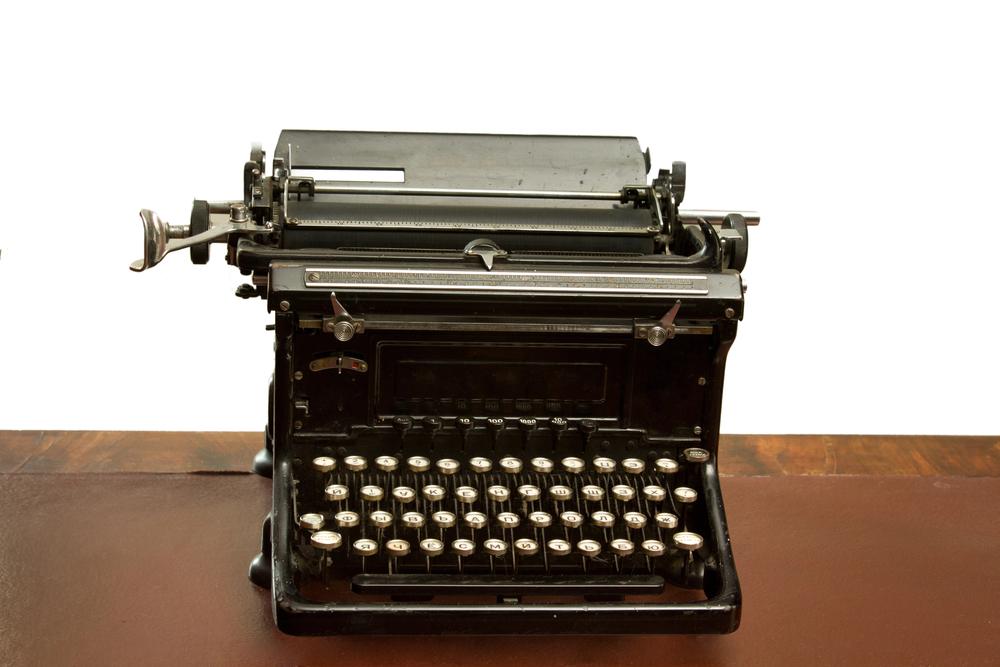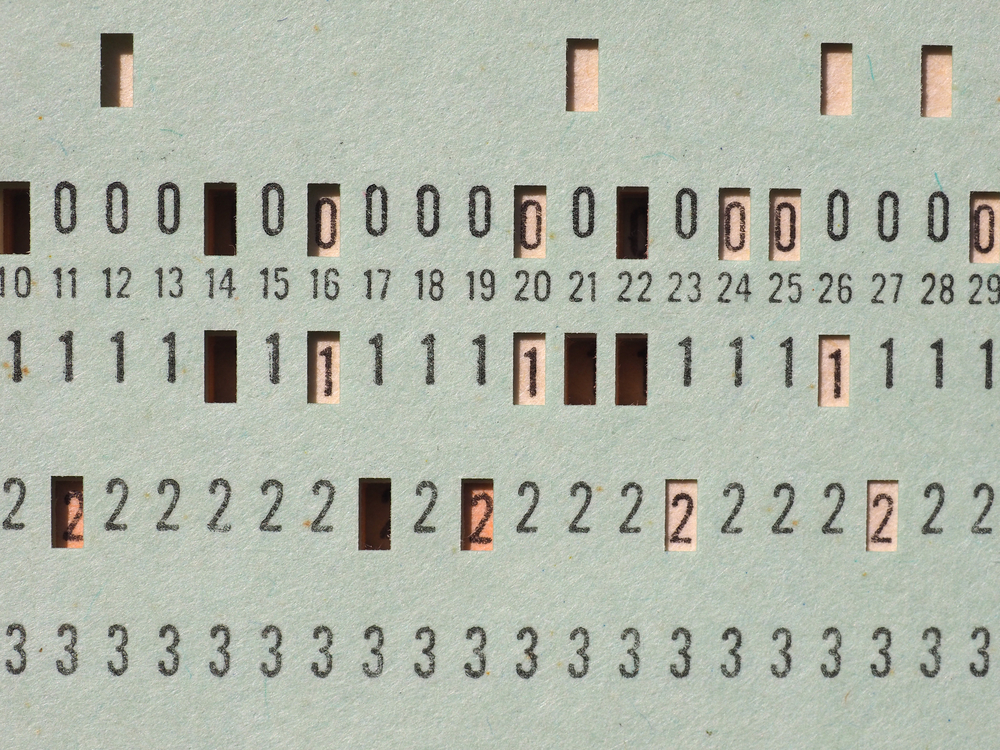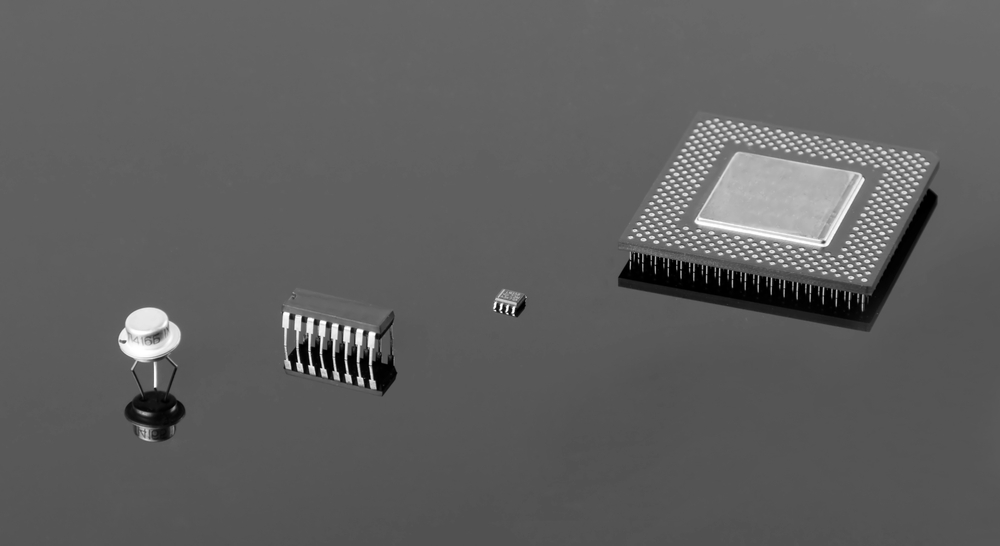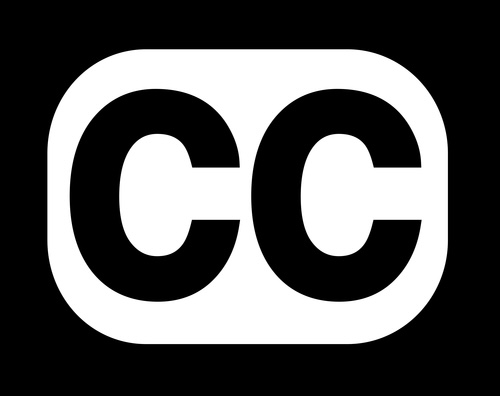
This week’s theme is innovation that goes mainstream. In our podcast we talk to Kathleen Casford from ByNinja about a technology that is mainstream being used to make life easier for people with disability. Over the years there has been many innovative solutions developed for people with disability that are now commonly used by the whole community. Let’s look at a few.
 Typewriters
Typewriters
Typewriters have been around for years and are the precursor for the keyboard that we use on the computer. The Italians led the way. A type of typewriter was developed in 1574. Did you know that in 1802 Agostini Fantoni developed a typewriter to enable his blind sister to write. By 1808 Pellegrino Turri had also developed a typewriter for his blind friend to use for writing. It has now become an important tool for everyone in the community.

Data Storage
In 1885 Herman Hollerith developed punch cards to transport data from the 1890 American census. Herman had a cognitive processing disability. He then founded the Tabulating Machine Company now known as IBM. Look where data storage has ended up.

Audio books
Thomas Alva Edison invented the cylinder containing short spoken word recordings in the late 1800’s and early 1900’s. Many of these cylinders were sold. In 1935 The American Foundation for the Blind published the first issue of Talking Book Bulletin. Audio books are now used by everyone including people with vision impairment.

Transistors
Transistors were originally developed by Bell laboratories in 1947 to create more reliable, smaller, cheaper and efficient hearing aids. They are now used everywhere from computer memory chips to hearing aids and Bluetooth.

Captions
In 1960 Pilgrim Image started captioning for people with hearing impairment. Based on old movies where everything was subtitled this enabled people with hearing impairment to be able to participate in watching movies, television and everything in between. Did you know that in 1972 the American TV Channel, PBS aired the first open captioned program. And it was a cooking show.

Conclusion
These innovations show how development of solutions to assist people with disability have become mainstream solutions that are used by everyone. Imagine a world without the keyboard, computer and audiobooks. Do you use any of these tools?
Source for this information is Stanford University Accessibility First Wave of Inventions
